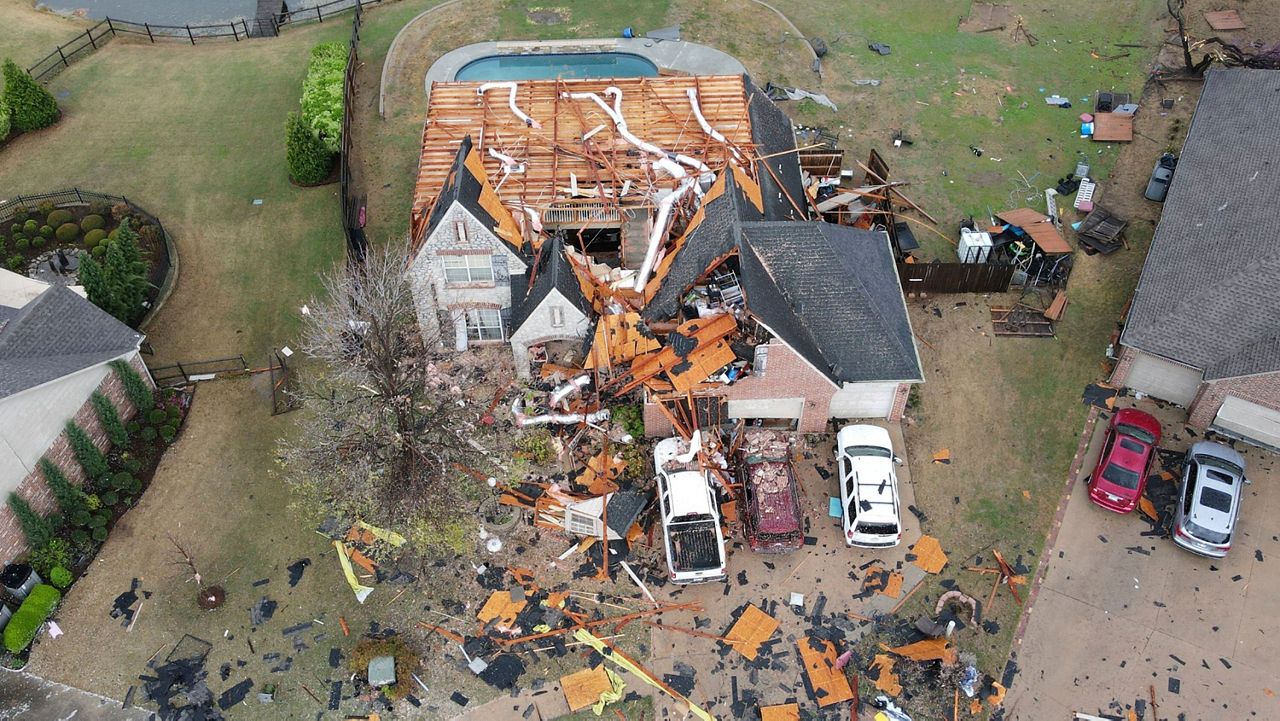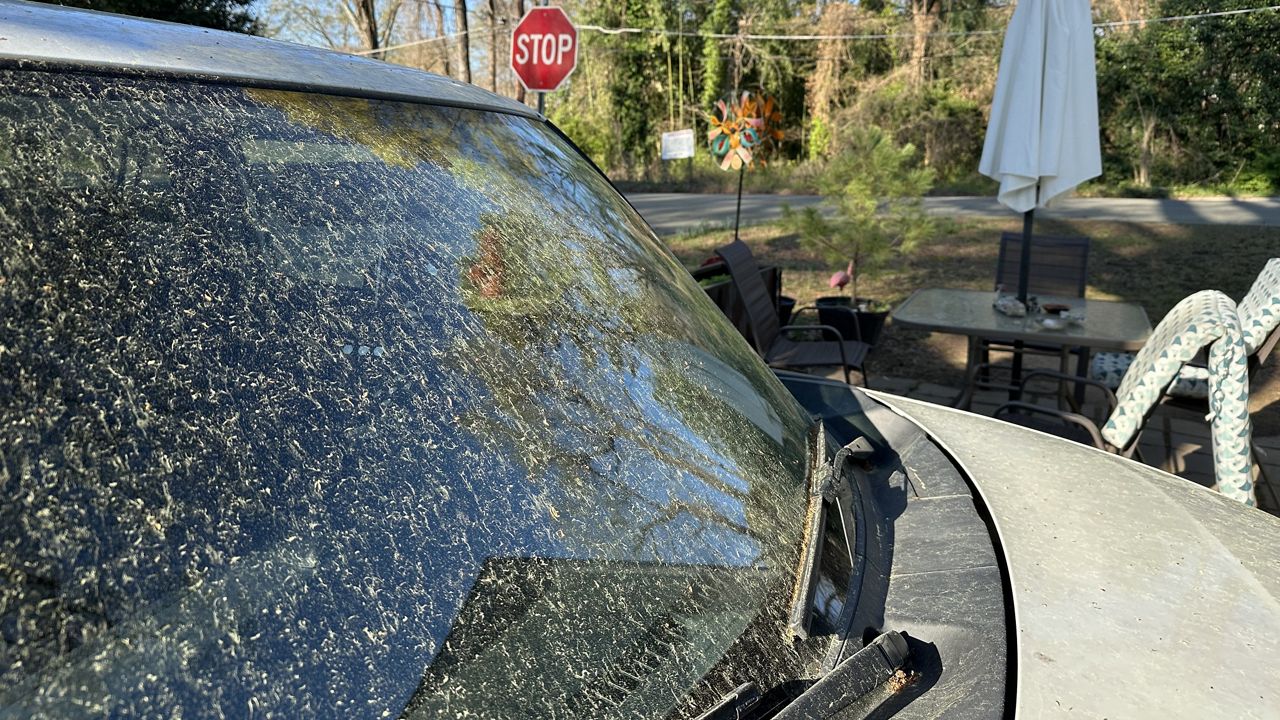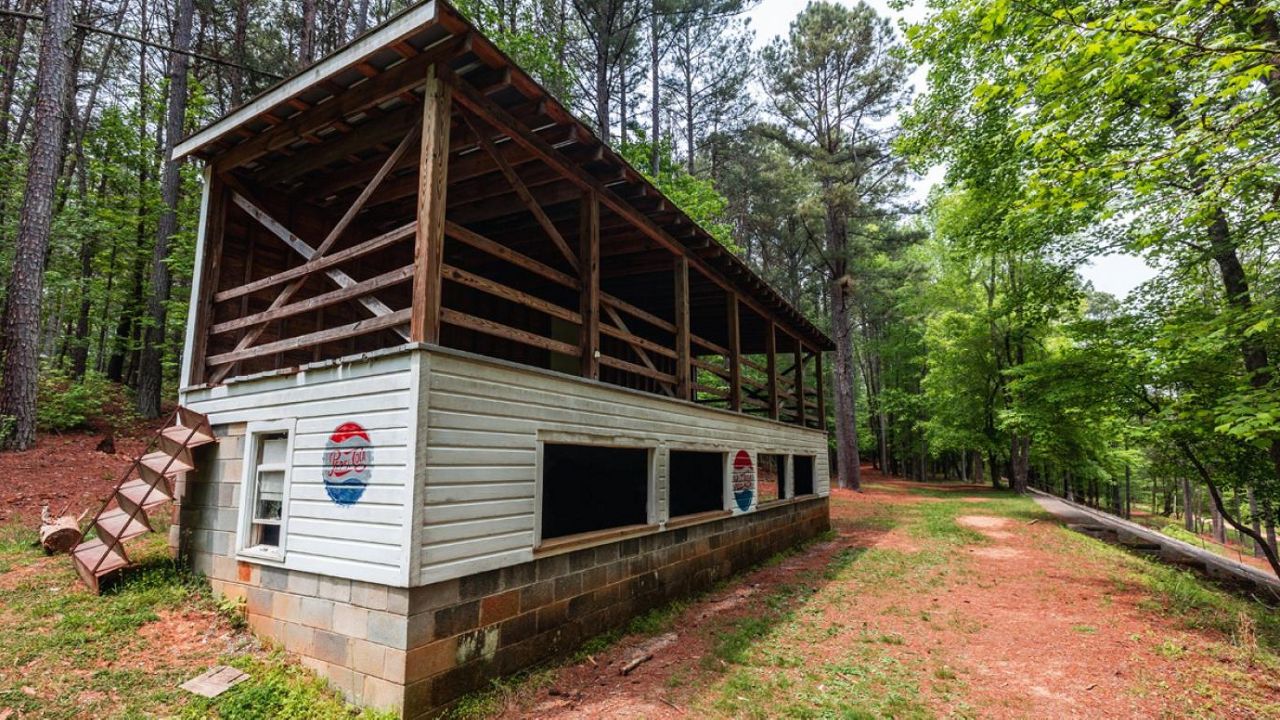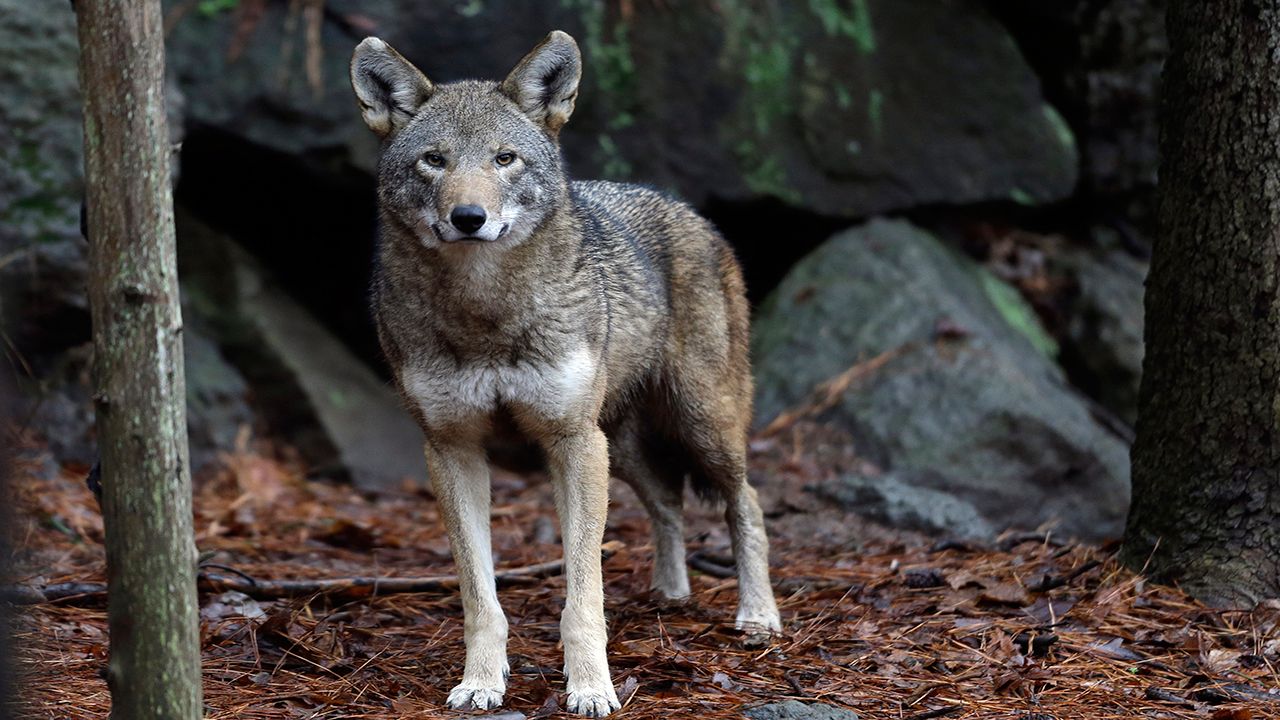DANBURY, N.C. — Much of North Carolina has seen little rain since Helene with this past October being one of the driest on the state’s record. With little moisture in the air, and falling leaves, the risk of wildfires is rising.
What You Need To Know
- North Carolina has seen little rain across the state since Helene
- Wildfire risks are up across the state
- Fires must be built at designated areas in state parks
- The crunchier a leaf, the more likely it will burn
Many North Carolinians enjoy the state’s outdoors, including North Carolina Park Ranger Jacob Fields.
“I love being outside, and I love teaching people about nature,” Fields said.
He has been a park ranger for eight years in different parks across the state.
Fields works at Hanging Rock State Park, one of North Carolina’s 39 state parks with over 3,000 campsites. Many visitors take advantage of the cabins and campsite areas at the park.
“More than half of the folks who rent our facilities, even at the picnic shelters, they create fires,” Fields said.
In October the North Carolina Forest Service reported more than 200 wildfires in October and with the fall peak of wildfires in November, it’s important to review fire safety.
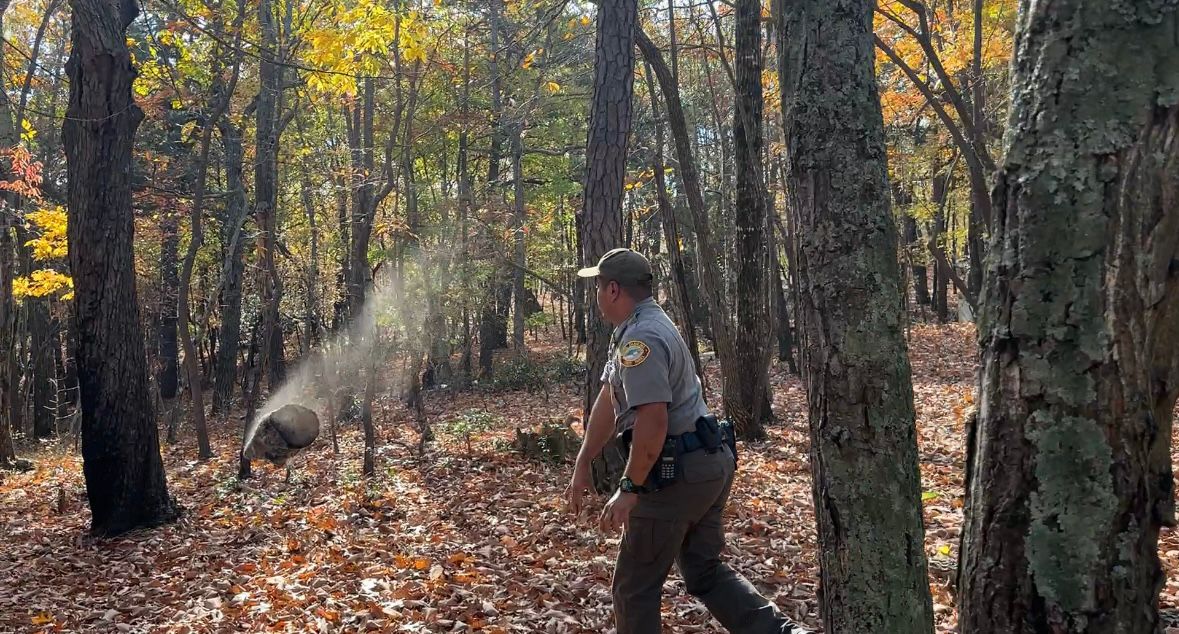
“This fire can only accommodate smaller sized logs," Fields said. "But tons of people, you'll see big branches hanging out outside the ring. And that's dangerous. Another thing they do is they don't put the fire out when they leave."
At all state parks in North Carolina, you must be at a designated area to make a fire and although a camper may be at the right spot, other factors could still make it dangerous.
“If you're at a campsite or you're camping somewhere and you have a bunch of low hanging branches, sometimes that can cause a fire because the majority of this heat is going straight up and cooking stuff,” Fields said.
To keep fire risk low, Fields advises to keep a fire less than 3 feet tall, clear out around 10 feet of debris around the fire ring, do not use wood that hangs outside the fire ring or is too large, have access to water and observe your surroundings for branches above you.
“It only takes a big wind. And, sometimes it's these embers. It only takes one thing like a cigarette butt that goes straight into the leaves and then woosh,” said Fields when demonstrating how quickly a fire could be ignited.
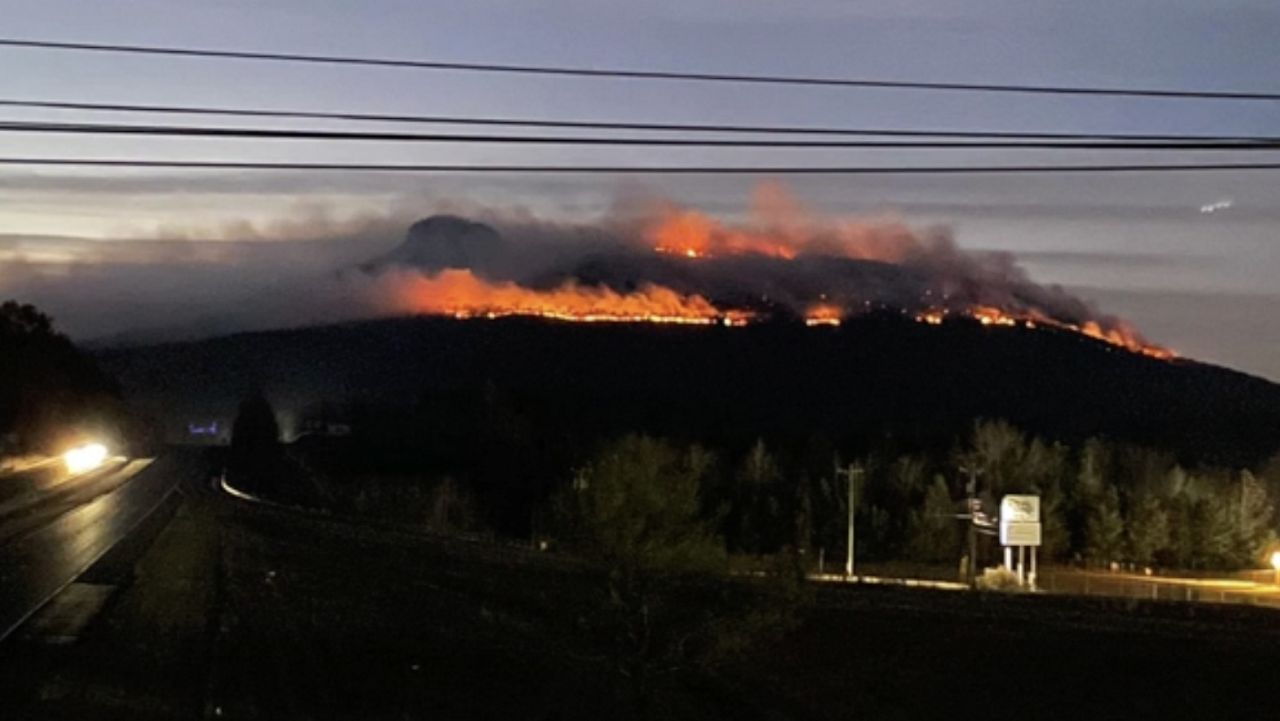
He said fires not being put out completely as well as grills being left to burn are a concern at Hanging Rock State Park as embers could be swept away into the leaves. And if a leaf is crunchy enough to crumple it in your hand, it’s more likely to catch fire due to low moisture.
Fields said the best way to put out a fire is with water, to listen for a sizzle to see if it’s still hot and make sure everything is damp.
“If it's smoking, usually that's an indication that it’s on its way out. If there's active flame, then it's not out,” Fields said.
In 2021, a fire built at an undesignated area started a fire at Pilot Mountain State Park.
While Fields and his team are expecting an increase in danger of fires this season, they prep areas of the park through controlled burns, rotating the area of the park in which they are done.
“Everyone should do controlled burns if they can, because it prevents you from having these outlandishly large wildfires,” Fields said.
The North Carolina Forest Service said between 2014 and 2023, the state had nearly 43,000 wildfires, damaging more than 140,000 acres of land. With many state resources in the western half of the state for Helene recovery efforts, Fields said help in and out of the state would be brought in to battle a potential wildfire.
“Only you can prevent wildfires. And that's through fire safety,” Fields said.
There are currently no burn bans in the state.







